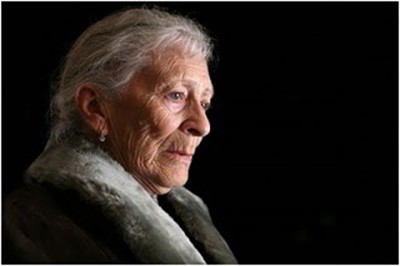Cognitive illness that’s defined by CONFUSION, ANXIETY, and the inability to continue a standard life. One kind of dementia is “senile dementia of the Alzheimer’s kind” (SDAT), which is also generally called ALZHEIMER’S DISEASE. Nevertheless, there are other types of dementia, including Multi-Infarct Dementia (MID), Dementia with Lewy Bodies, and Pick’s disease. Some diseases may also cause symptoms of dementia, like cerebral atrophy or improved PARKINSON‘S DISEASE. Long-Term and untreated syphilis can cause dementia, and long term AIDS can result in dementia too.
It’s also true that some deficiencies, including a deficiency of Vitamin B12, can cause symptoms of dementia.
Multi-Infarct Dementia
In this type of dementia, the little blood vessels of the brain became obstructed or occluded and brain tissue is destroyed, causing the dementia. The crucial risk factors for Multi-Infarct Dementia are HYPERTENSION and advanced age. Vasculitis, an inflammation of the blood vessels of the brain, may also play a part. The disorder may also cause STROKE, intense headaches, and unusual psychiatric behaviour. The beginning of the disorder typically happens between the ages of 60 and 75 and is more conspicuously discovered among elderly guys. There isn’t any known treatment for this disorder, as of this writing.
Symptoms of Multi-Infarct Dementia, which are much like those of Alzheimer’s disease, contain:
- confusion
- recollection mental disorder
- roaming
- bladder or bowel incontinence
Dementia with Lewy Bodies
Another type of dementia, this medical issue is related to abnormal brain structures (Lewy bodies). Some researchers consider this dementia is really a subset of the dementia of Alzheimer’s disease or that it may also be discovered in patients with Parkinson’s disease, but others consider it’s a distinguishing type of dementia.
Specialists say that with the beginning of this type of dementia comes hallucinations, which might additionally be accompanied by delusions (false beliefs) and DEPRESSION. Patients also develop memory loss, confusion, muscle rigidity, a shuffling gait, and impaired thinking.
There isn’t any treatment for this type of dementia, as of this writing, although research actively continues.
Pick’s Disease
With this type of dementia, patients have problems with changes in societal function, memory, language, and wisdom, along with in character. The key symptoms include memory loss, attention problems, and language issues. The disorder is defined by an atrophy of the brain in the frontal and temporal lobes. Imaging studies like computerized tomography (CT) scans or magnetic resonance imaging (MRI) of the brain are frequently fairly striking in appearance among patients with this sickness.
The cause of this type of dementia, which can happen among younger or older people, is unknown, and there isn’t any treatment for it, as of this writing.
Cerebral Atrophy
With the atrophy of the cerebrum comes dementia, muscle weakness, and language and eyesight difficulties. The cause is unknown. Some drugs may alleviate some of the atrophy. If the cerebral atrophy is advancing, death will ensue. If it’s restricted to only part of the brain, it isn’t generally lethal.
Effects of Dementia on Family Health Professionals and Others
The increasing decline of the ability to believe and the reduction of physical function can be deeply distressing for family members who were used to the person’s former skills. Some FAMILY HEALTH PROFESSIONALS may fight to continue to take care of a relative with dementia, ignoring their own health and private demands. They may consider that setting the relative in a nursing home would be neglectful or unkind. Occasionally, only when the family caregiver becomes physically incapacitated will actions be taken to put the individual with dementia in a facility where she or he can be treated.



 (80 votes, average: 3.85 out of 5)
(80 votes, average: 3.85 out of 5)